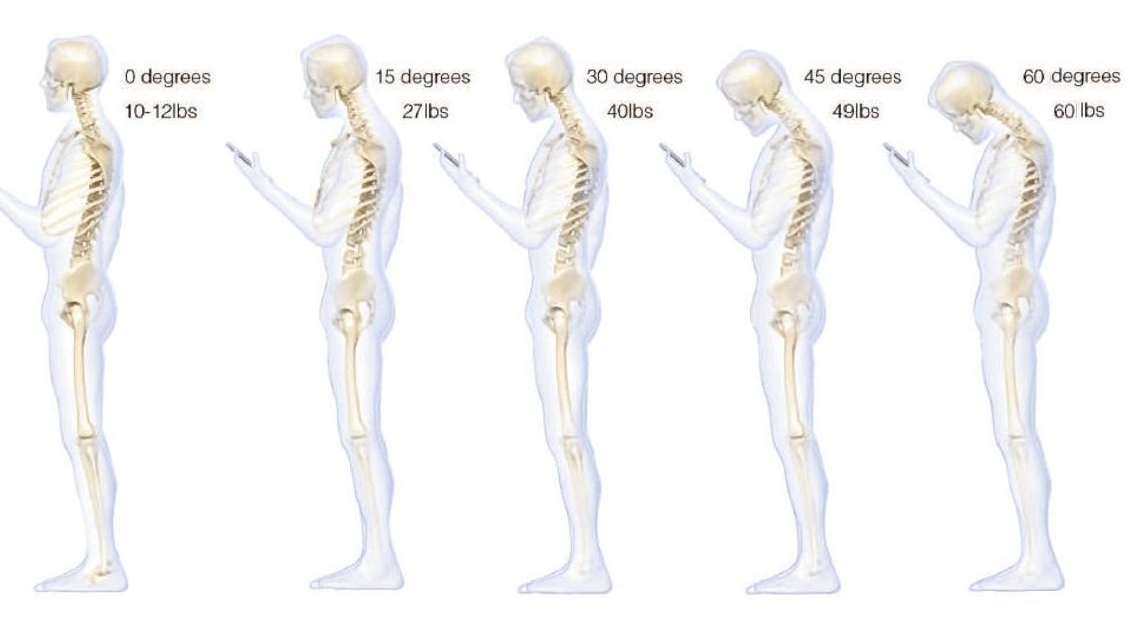
From the Back Cover:
This book presents over ten years of research into how and why tai chi benefits health from an evidence-based, medical perspective. Dr. Peter Anthony Gryffin demonstrates the link between health and Metarobics, his term for slow, meditative exercises that enhance blood oxygen saturation, diffusion, and oxygen-based metabolism.
Metarobics—including tai chi, qigong, and yoga—focus on relaxation and deep breathing. Dr. Gryffin’s research shows that these exercises offer a wide range of benefits for treating chronic disease. Dr. Gryffin cites numerous scientific studies as well as testimonials from patients who have experienced the natural healing benefits of metarobic exercise. Many have surmounted chronic health problems to improve their quality of life. Some even overcame grave diagnoses.
This book features
• More than 120 scientific studies on tai chi and other metarobic exercises
• More than 50 case stories from tai chi, qigong, and yoga practitioners
• Clear, straightforward language
• Tested guidelines to improve your metarobic exercise and maximize health benefits
“A persuasive picture of tai chi’s healing effects bolstered by compelling data and enlivened by an array of personal testimonials.” —Kirkus Reviews
“Will surely become ‘the prescription’ of choice for all responsible medical providers! I am enthusiastic about recommending it!”
—Roger Jahnke, OMD, author
of The Healing Promise of Qi
“Mindful Exercise and the Metarobic approach opened my eyes, and they can open yours too.”
—Dr. John Day, author of The Longevity Plan
“Merges meditation and exercise ... may well lead to a new definition of optimal well-being.”
—Rudolph E. Tanzi, PhD, professor of neurology, Harvard Medical School; New York Times best-selling author of The Healing Self
“A portal that will change the way tai chi and qigong are approached; modern medical science can join hands with these ancient mind-body sciences to become co-evolutionary.”
—Bill Douglas, author of The Complete Idiot’s Guide to T’ai Chi & Qigong



 RSS Feed
RSS Feed